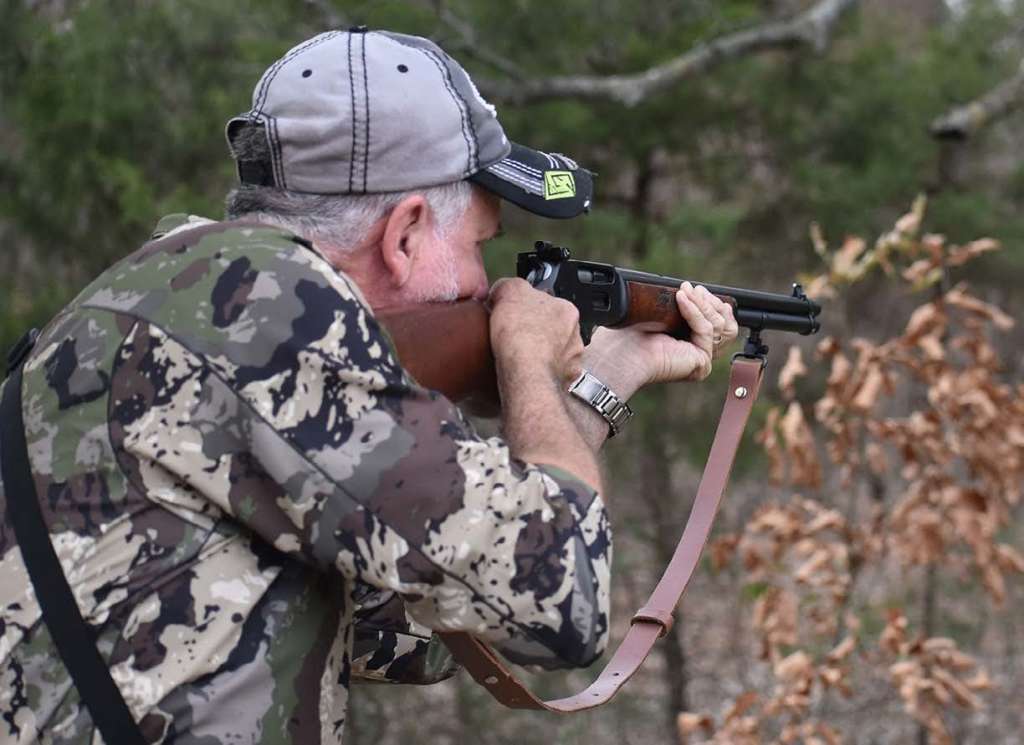The .30-30 Winchester, often called the .30 WCF (Winchester Center Fire), remains one of the most trusted calibers for deer hunting across North America. Since hunters first picked it up in 1894, this versatile round has earned its reputation as the go-to option for deer hunters, especially those stalking through thick forests and dense vegetation where shots rarely exceed 150 yards.
When you’re looking for a 30-30 for deer hunting, you’re tapping into more than a century of proven performance. This modest but mighty cartridge has probably dropped more whitetails than any other centerfire round in history. What it lacks in long-range capability, it more than makes up for in reliability, manageable recoil, and deadly efficiency at the distances where most deer are actually taken.
Before we dive into the history and performance details of this legendary deer cartridge, here’s a look at some of our favorite 30-30 lever action rifles currently on the market:
Our Expert Picks
Best 30-30 Lever Action Overall: Marlin 336 Classic
Best Bang for the Buck: Mossberg 464 Lever Action
Best Design: Henry Side Gate Lever Action 30-30
Best 30-30 Range: Winchester Model 94
Best Value: 30-30 Lever Action: Rossi R95
Most Unique: Thompson/Center Arms Contender G1
Best 30-30 Lever Action Overall: Marlin 336 Classic
The Marlin Model 336 chambered in .30-30 Winchester has been a staple in the lever-action rifle community since its introduction in the late 1940s. These fine guns were out of the market for a short while but are now manufactured by Ruger. The decision to purchase a Marlin 336 Classic in .30-30 can be based on several considerations, among them is the fact that they are beautiful, classic lever guns built with precise fit and finish.
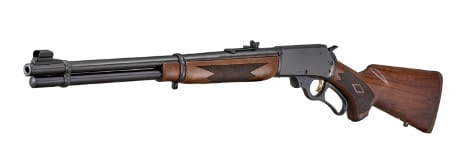
History and Tradition: Marlin firearms have been around since the late 1800s, and the Model 336, in particular, has a storied history as a deer rifle in North America. Owning one can feel like having a piece of American firearms history.
Reliable Design: The Model 336 features a solid-top receiver and side ejection, making it less likely to jam or malfunction due to debris. This design also makes it easier to mount a scope.
Versatility: The .30-30 cartridge is effective for hunting deer-sized game out to about 200 yards, making the 336 a suitable choice for most North American big game within this range. The gun’s handling and short length are ideal for wooded areas or brush hunting.
Affordability: Compared to many other centerfire rifles, the Marlin 336 tends to be more affordable, both in terms of the initial rifle purchase and very importantly the cost and availability of ammunition. Most every major manufacturer makes 30-30 ammunition.
Aesthetic Appeal: The classic wood stock and blued steel construction have timeless appeal. Lever-action rifles’ aesthetics are unique and often preferred by traditionalists.
Safety: The Marlin 336 comes with a hammer safety, which can benefit those who appreciate an added layer of protection.
Ease of Maintenance: Its simple design makes it easy to clean and maintain.
Aftermarket Support: Over the years, many companies have produced aftermarket parts for the Marlin 336, from sights to stocks and more. This makes customizing or updating the rifle relatively straightforward.
Lever-Action Experience: Lever-action rifles offer a different shooting experience than bolt-action, semi-auto, or pump-action rifles. Manually cycling the action can be a satisfying and nostalgic experience for many shooters.
Reputation: Marlin has built a reputation for producing reliable and accurate firearms over the decades. While individual exceptions exist, many hunters and shooters have trusted their 336 rifles for generations.
That said, like any firearm, it’s essential to handle and shoot the Model 336 (or any other potential purchase) to see if it fits your preferences, needs, and ergonomics. It’s always a good idea to do thorough research and even try before you buy, if possible.
Best 30-30 Range: Winchester Model 94
The Winchester Model 94 in .30-30 is one of the most iconic lever-action rifles in history, and it has been in production since 1894. There are several reasons why someone might consider purchasing this rifle:

Historical Significance: The Model 94 is one of the longest-produced firearms in history. It has been used in various settings, from the Old West to modern hunting fields. Owning a piece of this history is attractive to many firearm enthusiasts. Winchester makes 5 versions of this classic lever-action beauty.
Versatility: This rifle is chambered for the .30-30 cartridge, which is a versatile round suitable for hunting deer-sized game in North America at short to medium ranges. The new versions of this iconic cartridge have improved ballistics and knock-down capability, making it a terrific choice out to 200 yards.
Handling: The Winchester Model 94 is known for its quick handling and lightweight. Its relatively compact size makes it easy to carry, whether on horseback, in a truck, or on foot. Fast target acquisition is easy with the lightweight design.
Reliability: The Model 94’s lever-action mechanism has a reputation for reliability. When maintained properly, it can provide consistent performance in various conditions.
Simplicity: The design of the Model 94 is relatively simple, making it easy for owners to clean, maintain, and repair.
Aesthetics: There’s no denying the classic appeal of a lever-action rifle. The Model 94, with its distinctive lines and timeless design, is a beautiful firearm that many people appreciate for its looks alone.
Iron Sights: While many modern rifles are designed primarily for optics, the Model 94 usually comes with iron sights, which some shooters prefer, especially for quick target acquisition at closer ranges. The choice of optics is limited because of the top ejecting design, but this is primarily used for short to medium ranges where open sights can work very well.
Resale Value: Given its status and history, a well-maintained Winchester Model 94 can retain its value over time and, in some cases, even appreciate it, especially if it’s a special edition or an older model in good condition.
Affordable Ammunition: .30-30 ammunition is widely available and more affordable than other hunting rounds, making it a good choice for those who shoot often. The new cartridge designs have made improvement to the ballistics.
Connection to a Bygone Era: Lever-action rifles, especially those from Winchester, evoke the spirit of the American frontier and the Old West. Owning and shooting a Model 94 provides a tangible connection to that past. My dad hunted with this gun all his life and passed it along to me. He used a Lyman peep sight due to the top eject limiting his optics options, but that never stopped him from getting off a good shot in the dense whitetail woods of the northern Adirondacks in New York. It is a light, fast-swinging gun that you can carry all day without effort.
Before purchasing any firearm, it’s essential to ensure that you are complying with all local, state, and federal laws and regulations. Also, make sure to handle and store firearms safely, and always consider your specific needs and preferences when choosing a rifle.
Best Design: Henry Side Gate Lever Action 30-30
Henry Repeating Arms is another renowned firearms manufacturer, and its lever-action rifles have earned a reputation for quality, reliability, and attention to detail. Here are some reasons one might consider purchasing a Henry Lever Action in .30-30:

Quality Craftsmanship: Henry rifles are known for their meticulous craftsmanship. Owners frequently praise the fit and finish of their firearms, from the wood stock to the blued or brass receivers.
Made in the USA: Henry prides itself on producing firearms that are “Made in America, or not made at all.” For those who prioritize American-made products, this is a significant selling point. The fit and finish of a Henry is almost legendary, a fact that becomes obvious when you hold this gun.
Smooth Action: Henry lever-action rifles are known for having one of the smoothest lever actions on the market. This can make for quicker follow-up shots and a more enjoyable shooting experience. This lever action is a side-discharge design, so mounting an optic is possible. Receivers are drilled and tapped for scopes using Weaver 63B mounts.
Reliability: Like the Winchester Model 94, Henry’s lever-action rifles are known for their reliability, ensuring consistent performance under various conditions.
Tubular Loading: Unlike some lever-action models from other manufacturers, many Henry rifles feature a tubular loading mechanism, where rounds are loaded directly into the tube under the barrel. Some shooters find this method more convenient and safer.
Aesthetics: Henry’s combination of polished wood and either blued or brass metal components make for an attractive firearm that stands out. Their rifles have a distinctive, classic look that many gun enthusiasts appreciate. Pride in manufacturing is very apparent when you see this rifle; it is almost museum quality out of the package.
Customer Service: Henry Repeating Arms has a reputation for exceptional customer service. If you encounter any issues with your rifle, they are known to be responsive and helpful.
Variety of Models: Henry offers 11 different models chambered in 30-30, including brass, blued, and steel frames, as well as different stock options, allowing shooters to select the exact style and configuration they desire.
Resale Value: Henry firearms tend to hold their value well due to the brand’s reputation for quality and their rifles’ inherent beauty.
Connection to Tradition: While Henry Repeating Arms as a company has a history different from the original Henry rifle of the Civil War era, its lever-action rifles still evoke a sense of nostalgia and connection to the past, similar to the Winchester.
If you’re considering purchasing a Henry lever-action .30-30, you can be sure the gun you select will be useful and reliable for many years and will be a beautiful addition to your gun collection.
Best Bang for the Buck: Mossberg 464 Lever Action
The Mossberg 464 is a lever-action rifle with several features and benefits that may appeal to some firearm enthusiasts. Below are some reasons why one might consider buying a Mossberg 464:
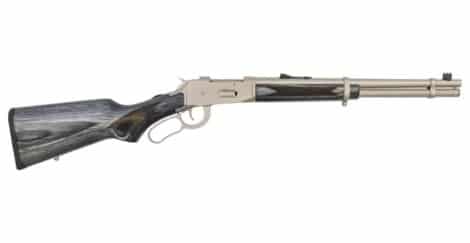
Reliability: Mossberg has a reputation for producing reliable and durable firearms, and the Mossberg 464 is no exception.
Classic Design: The Mossberg 464 is a modern take on the classic lever-action rifle design, combining a classic rifle’s nostalgic look and feel with modern manufacturing techniques. Its gray Laminate stock (shown above) is very classy and has a more modern look.
Versatility: The 464 comes in various calibers, including .30-30 Winchester and .22 LR, making it suitable for a range of hunting and recreational shooting applications. Consider purchasing both calibers so practice is a much less costly endeavor. The receiver is drilled and tapped to mount an optic, or you can use the supplied Fiber Optic Fire Sights.
Ease of Use: The rifle’s lever-action design is simple and intuitive, making it easy to use for both novice and experienced shooters.
Safety Features: The Mossberg 464 features a top tang safety, which is easy to operate and provides an extra layer of security for the user.
Affordability: Compared to other lever-action rifles, the Mossberg 464 is often more affordable, making it an attractive option for those on a budget.
Customization: The Mossberg 464 offers various customization options, such as different stock materials (wood or synthetic) and finishes, as well as aftermarket accessories like scopes and sling mounts.
Suitable for Hunting: The rifle’s caliber options make it suitable for hunting various game animals, from small varmints to medium-sized game, like whitetail deer.
Made in the USA: Mossberg is an American company, and the Mossberg 464 is manufactured in the USA. This may be an important factor in consumers’ purchasing decisions.
Reputation: Mossberg is a well-known and respected name in the firearms industry and Mossberg 464 benefits from the company’s long-standing reputation for quality and reliability. Mossberg is more recently known more for its line of tactical and hunting shotguns, especially turkey and waterfowl guns. However, they produce very fine rifles and are making a strong push to regain a presence in deer hunting. This rifle will not disappoint.
Other Manufacturers Worthy of Consideration
Due to its popularity, several other manufacturers have produced rifles chambered in .30-30 over the years. Here are some notable ones to keep an eye out for in the used gun market:
- Savage Arms: While primarily known for their bolt-action rifles, Savage has also produced tubular magazine lever-action rifles in .30-30, and 300 Savage, in the Savage Model 99.
- Thompson/Center Arms Contender G1: Thompson/Center is mostly known for its single-shot rifles, but it has also offered Contender single-shot pistols and Encore single-shot rifle platforms chambered in .30-30.
- Browning: The Browning BL-32 lever-action rifle was also available in .30-30, though it was produced in limited quantities.
- Rossi R95: Rossi’s R95 lever-action rifle is available in .30-30 with a 16.5 and/or 20 inch barrel
- Chiappa Firearms: They have produced the 1892 lever-action rifle chambered in .30-30.
This is not an exhaustive list, and various manufacturers might have limited runs or specific models chambered in .30-30 at different times. If you’re interested in a specific rifle, it’s always a good idea to check the manufacturer’s latest offerings or consult local gun shops or firearm dealers.
30-30 Lever Action Rifle for Deer Buying Guide
Some people claim the 30-30 has harvested more deer than all other hunting cartridges put together. While that’s hard to prove, there’s no denying that this cartridge was a pioneer and continues to hold its own in whitetail country.
I still remember my first deer hunt in the dense pine and hardwood forests of northeast Texas back in 1962. At just 12 years old, I was convinced my iron-sighted, lever-action 30-30 hunting rifle was the only gun I’d ever need for deer. Looking back across six decades of hunting, I wasn’t far off!
The 30-30 for deer hunting has a rich heritage dating back to 1895 when it became one of the earliest cartridges to use smokeless powder. Its straightforward name tells you exactly what it is – a 30 caliber round using 30 grains of powder. When it first appeared, that 160-grain bullet traveling at nearly 2,000 fps made it the hottest thing in the woods! What seemed revolutionary then has proven itself through generations of successful hunts since.
Magnum Bug
When I was in my late teens, the fast, flat-shooting Magnum rifle bug bit me. Many gun writers of the day were singing the praises of heavy Magnum calibers, and I was ready to own a rifle that could really “reach out there.” I went from my “near-perfect” woods caliber to a 7mm Remington Magnum. It was a great caliber, but it wasn’t designed for shooting deer in heavy cover at ranges inside 60 yards.
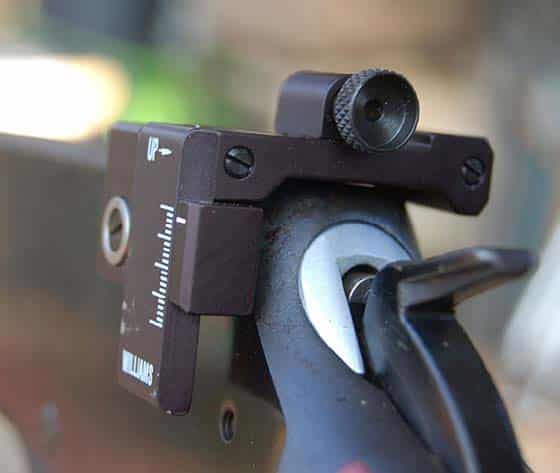
I still remember shooting a fork horn buck at about 50 yards, right behind the shoulder, with my Magnum rifle. I also remember him tucking his tail and running like a scalded ape through the woods, leaving a very sparse blood trail. The bullet had not hit bone and simply zipped through his lungs with very little, if any, expansion. He only ran about 60 yards through the heavy cover, but I remember being amazed at how little damage was done by the 160-grain bullet. I was accustomed to the soft-point, slower 30-30 round mushrooming almost on impact, leaving a good blood trail to follow. Other times, I’ve seen the 30-30 drop the deer in its tracks.
Many consider the 30-30 a very close-range woods rifle because of the iron sights with which many rifles are equipped. Because of its top-ejection mode, the Winchester model 94 (the most popular rifle chambered in 30-30 of all times) must be shot with iron sights. There are many side-ejection, 30-30 lever-action rifles on the market that facilitate top-mounted scopes.
It’s tough for the average shooter to use the iron sights that come standard on most 30-30s and shoot acceptable groups out much past 100 yards. Years ago, I learned that a quality peep sight greatly increases the accuracy and the range of my trusty old “thutty-thutty.” Topped with a quality scope, 30-30 lever action guns with side ejection are even more effective, improving accuracy and range.
There are probably more Winchester model 94s in production than any other model. These rifles are made with top ejection, usually equating to shooting with some sort of iron sight. There are side mounts designed to mount the scope off the side of the receiver, but for obvious reasons, they never became popular. It’s a challenge training the eye not to look down the barrel of a rifle but rather off to one side.
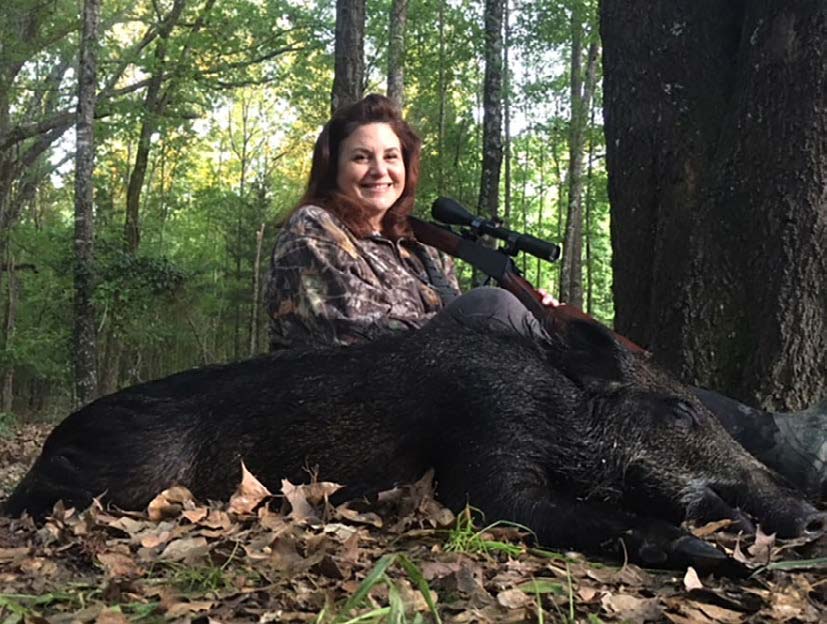
What’s Maximum?

But just what is the maximum effective range of the round in a “real-world” hunting situation? Let’s look first at the trajectory table; then, I’ll share information you might want to apply to your hunts with this old caliber.
Using quality 160-grain ammo with a 100-yard zero, bullet drop at 200 yards is about 7 inches. Beyond that, the bullet falls too fast to make it a viable hunting round, in my opinion. Oh, it is possible to kill deer farther out, knowing the precise distance and bullet drop for that distance. That may seldom occur when a mossy, antlered buck steps out of the brush and gives you a five-six-second shot opportunity.
The .30-30 Winchester, introduced in 1895, is one of North America’s most popular hunting cartridges and has likely accounted for millions of deer harvested since its inception. While there is no precise way to count the total number of deer killed by the .30-30 Winchester, it has been a go-to choice for many hunters for over a century due to its balance of power, manageable recoil, and effectiveness at short to moderate ranges. Given its long-standing popularity and widespread use, it’s reasonable to estimate that the cartridge has been responsible for the harvest of several million deer over the years.
At 200 yards, the bullet is still traveling at around 1500 feet per second and packing a bit over 800 foot-pounds of energy. Some might say this is plenty of energy to effectively harvest deer-sized animals when they are hit in the vitals. I regularly use big bore air rifles with muzzle velocities of around 850 fps and take deer out to 100 yards.
Inside 100 yards, bullet drop is not a factor. With a rifle zeroed at 100 yards, the bullet will strike within an inch of the bullseye at 50 yards. It’s longer shots when it’s important to know the trajectory when hunting with a 30-30. Given the vertical length of the kill zone on deer (about 12 inches), I’ve found that a 160-yard zero is perfect for a “center of the shoulder” shot. With the distance out to 200 yards, the bullet will still strike within the vitals. This is the yardage I use to zero my scoped rifle. However, I still keep my shots within 125 yards when shooting peep sights. My sighting apparatus can be accurate out to 200 yards, but my aged eyes do not!
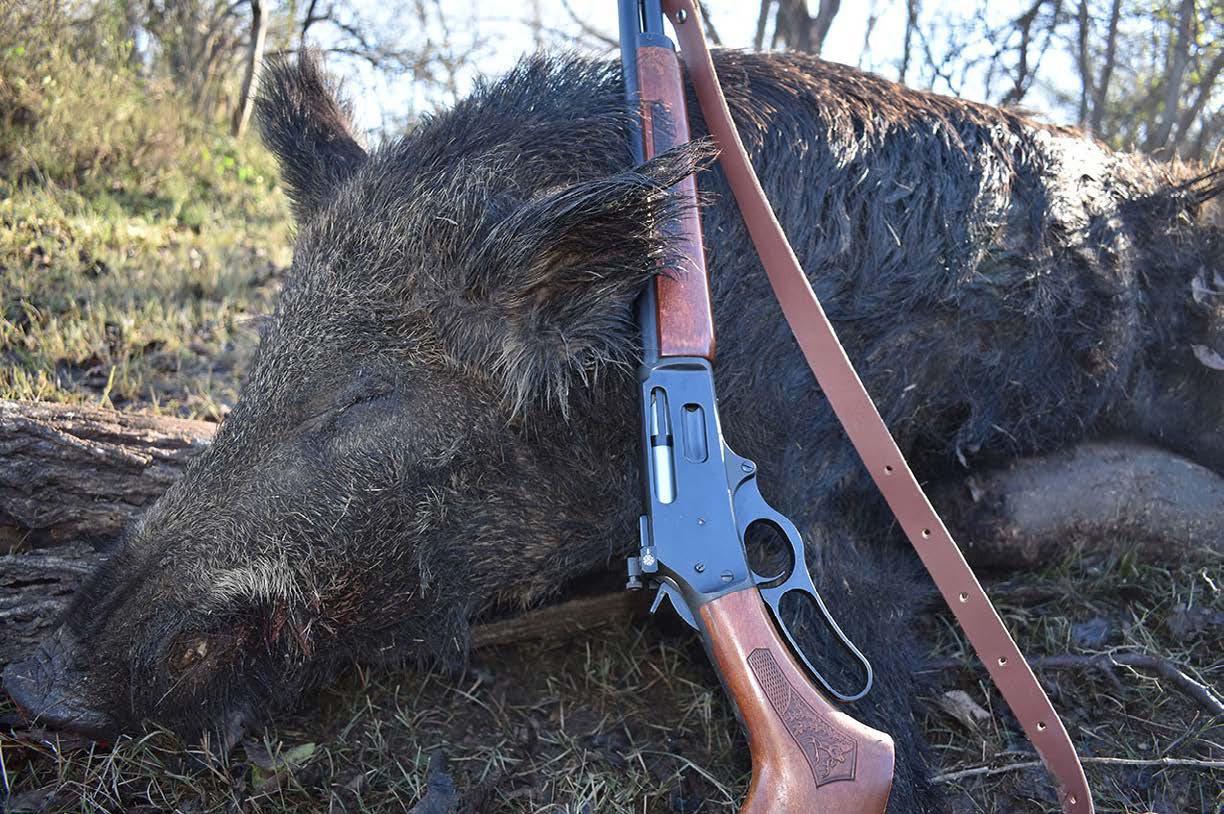
Many consider the effective range of the 30-30 cartridge to be around 100 yards because most shoot the rifle with the iron sights that usually come as standard equipment. I think it’s a challenge (impossibility) for many of us with older eyes to use even the best peep sights for accuracy for 200-yard shots. However, most of us can consistently shoot four-inch groups at 100 yards in the real world, especially with peep sights. If you do choose to put a scope on your 30-30 lever action rifle, here is the latest expertise covering this area.
Choosing a 30-30 Hunting Rifle Scope
With the introduction of Hornady’s LEVERevolution bullets several years ago (designed for tubular magazines), down-range accuracy and energy were improved and it provided a flatter trajectory than standard 30-30 rounds. Before LEVERevolution bullets, it was necessary to load the more blunt-nosed rounds in the tubular magazines of lever-action rifles. The “soft” elastomer flex tip of the new pointed bullets of the LEVERevoution won’t cause the loaded round’s adjacent primer to fire.
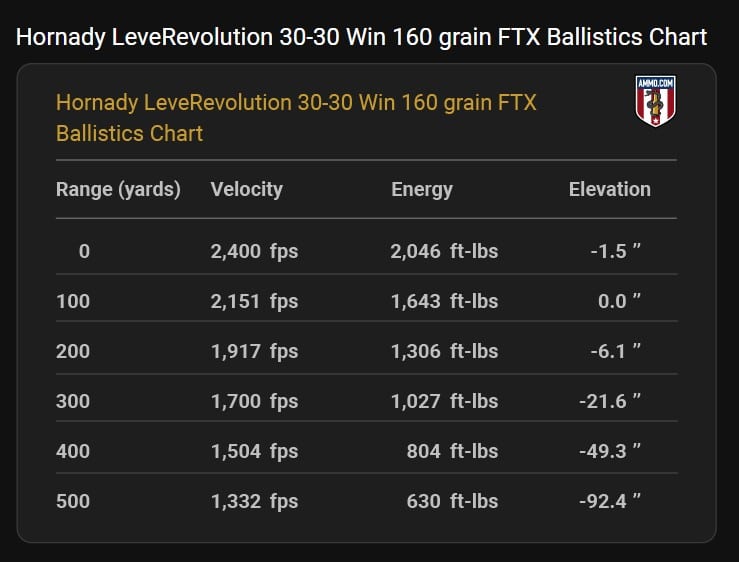
When these bullets came out in 2005, I was anxious to try them. Finally, a 30-30 bullet was designed to produce more energy downrange and have a flatter trajectory. Shooters and hunters immediately took to the new design. Today, they have become the gold standard for hunters. Those old lever guns stashed away in the gun cabinet were again used with new ammunition, and a new generation of 30-30 hunters emerged!
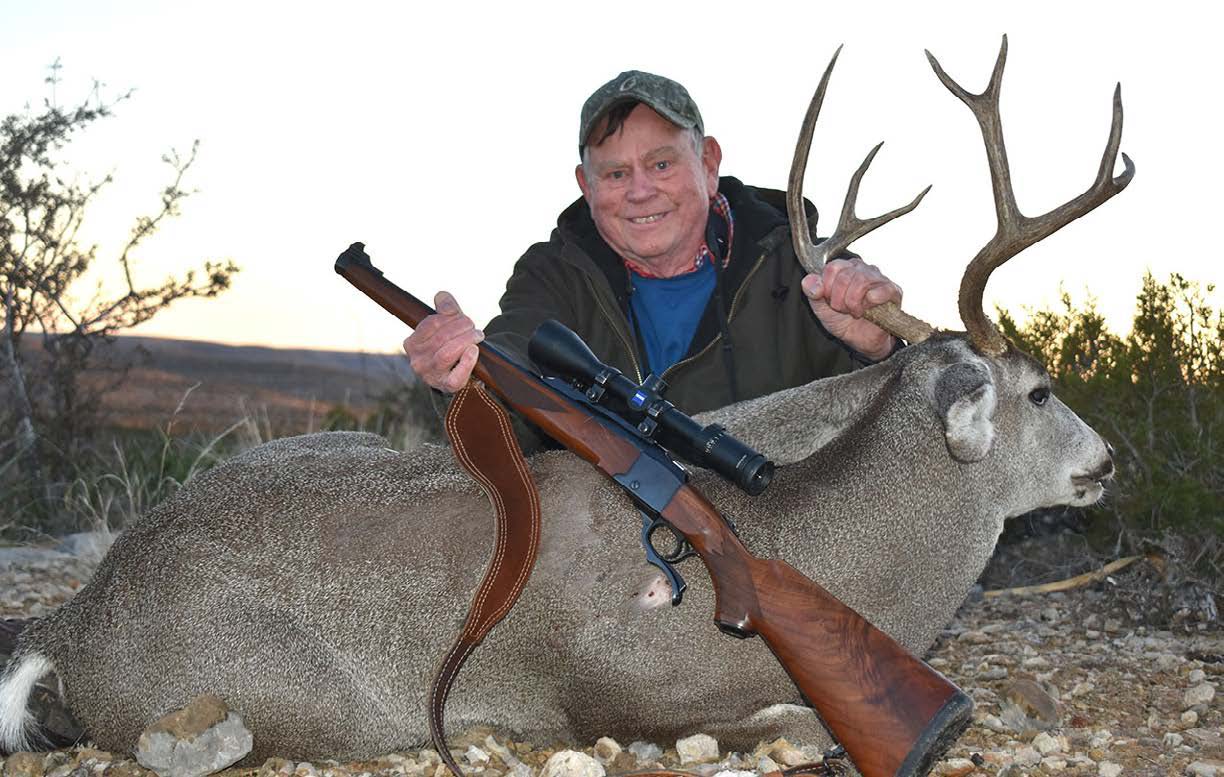
30-30 vs 308
You might wonder how the venerable 30-30 stacks up against more modern cartridges like the .308 Winchester. While the .308 shoots flatter and hits harder at distance, the comparison isn’t as one-sided as you might think. Your 30-30 lever gun pushes a 150-grain bullet around 2,200 fps compared to the .308’s 2,800 fps with the same weight bullet. That extra velocity gives the .308 an advantage beyond 150 yards.
But here’s what many hunters miss: inside 100 yards (where most deer are taken), the 30-30 delivers plenty of energy to cleanly harvest any whitetail, while generating significantly less recoil. The lighter, faster-handling lever guns chambered in 30-30 also shine in thick cover where quick shots are the norm. Sure, the .308 gives you more range, but ask yourself – how many deer have you actually shot beyond 200 yards?
When you’re stalking through eastern hardwoods or dense pine plantations, a 30-30 lets you carry less weight all day and shoot more comfortably when that buck finally appears. There’s a reason countless hunters still reach for their 30-30 when heading to the deer woods, even when they own rifles in more powerful calibers.
Is a 30-30 For Deer Your Best Option?
So, is the 30-30 truly the best cartridge for hunting deer? That is most definitely a loaded question. I do believe that if one hunts areas where shots longer than 200 yards are not a factor, it’s hard to beat this great old caliber. With half the recoil of a 30-06 and plenty of punch to cleanly harvest deer-size game at reasonable distances, the 30-30 deserves a hard look. This cartridge is also a great choice for a shooter looking for an effective rifle cartridge with less felt recoil. The measured recoil of the 30-30 shooting a 150-grain bullet is 10.3 ft-lbs, slightly more than a 243 Winchester at 8.8 ft-lbs and slightly less than a 20 gauge shotgun at 11 ft-lbs, so it works especially well for younger shooters or those with slight frames that would be bothered by the recoil from a more contemporary 30 caliber rifle cartridge. But, if my hunting adventures take me out west and I spot a wall-hanger mule deer buck standing broadside at 300 yards across a canyon, I would be wishing for one of those magnum caliber guns that caused me to stow my old model 94 in the gun cabinet many years ago!
Read more from the talented Luke Clayton by clicking here
Per our affiliate disclosure, we may earn revenue from the products available on this page.



